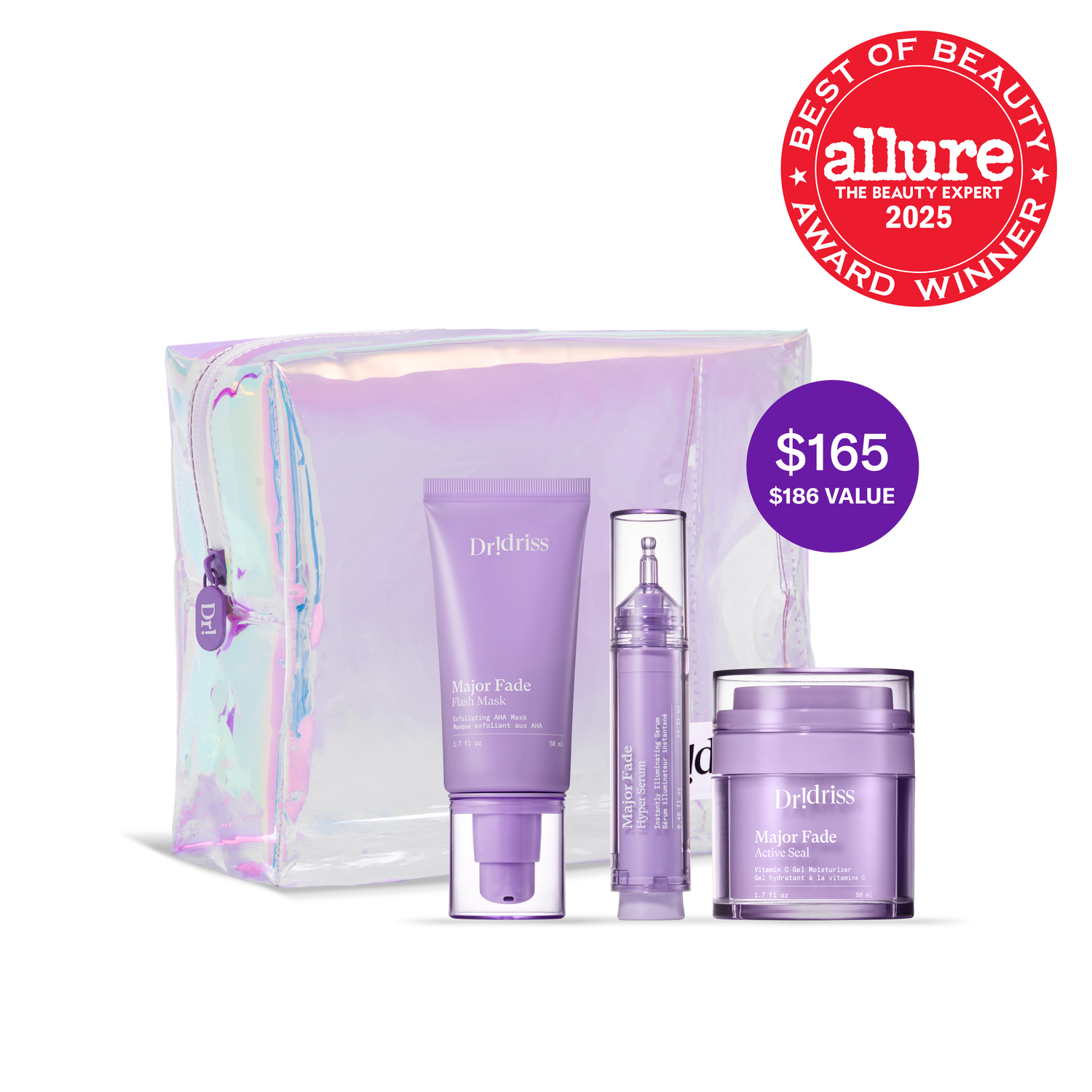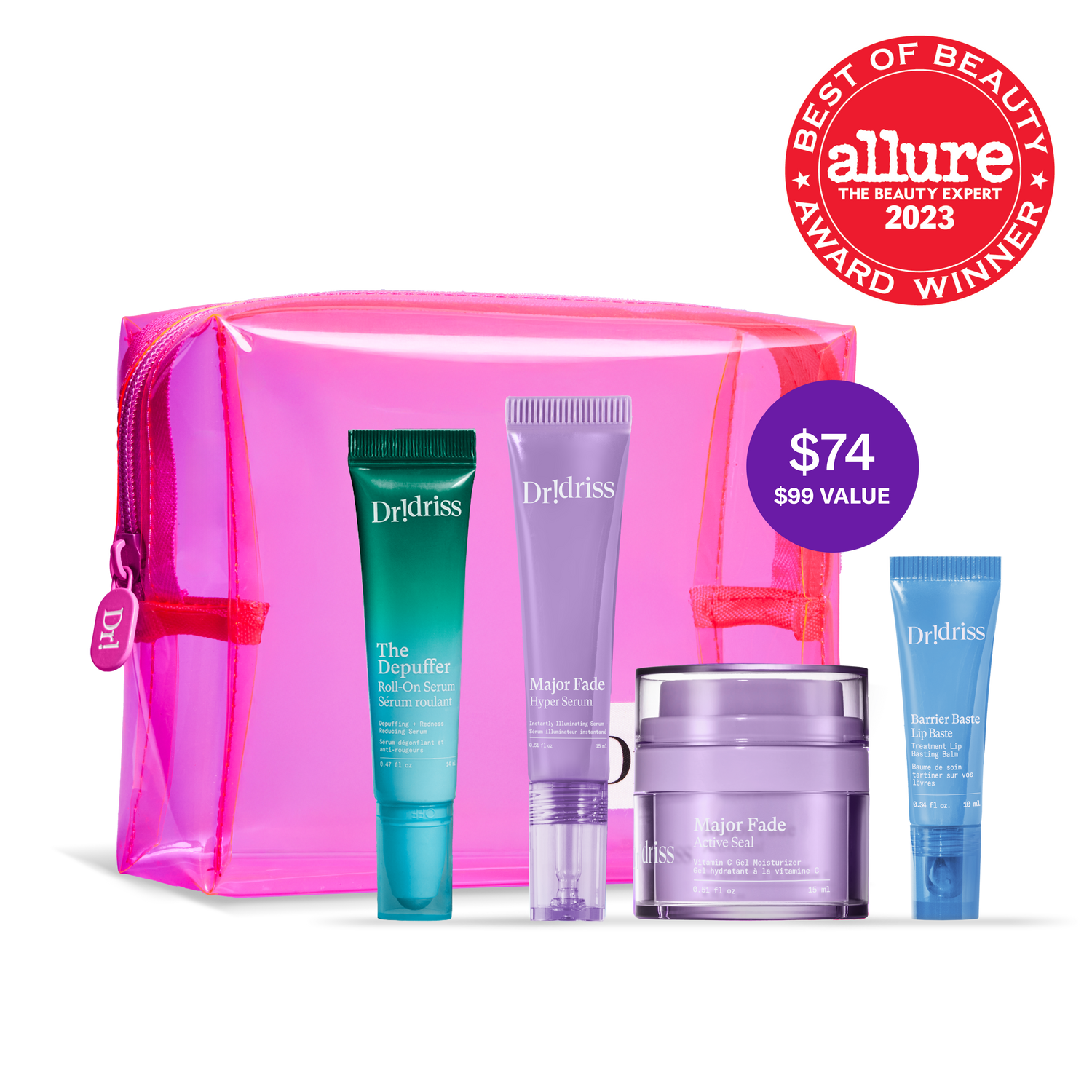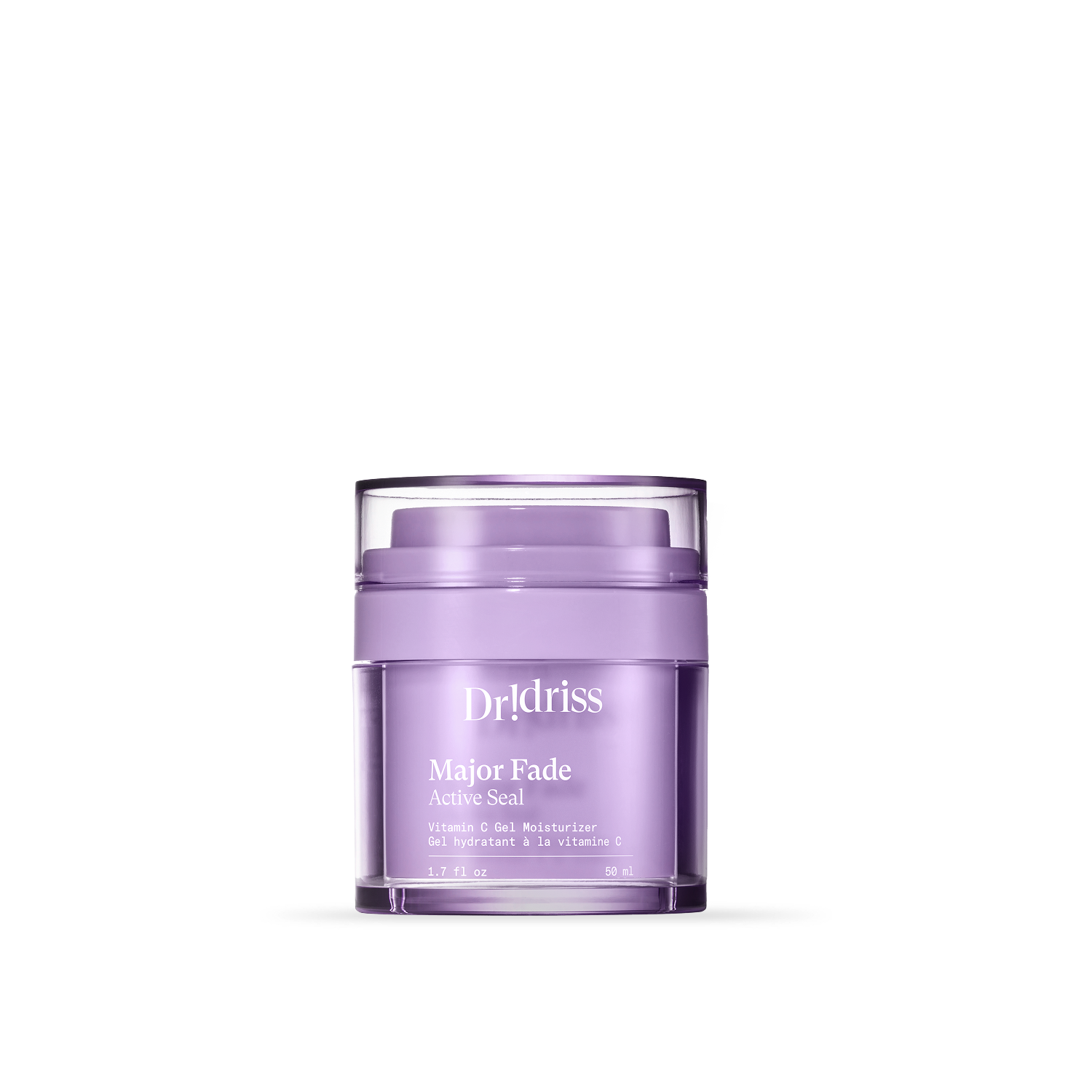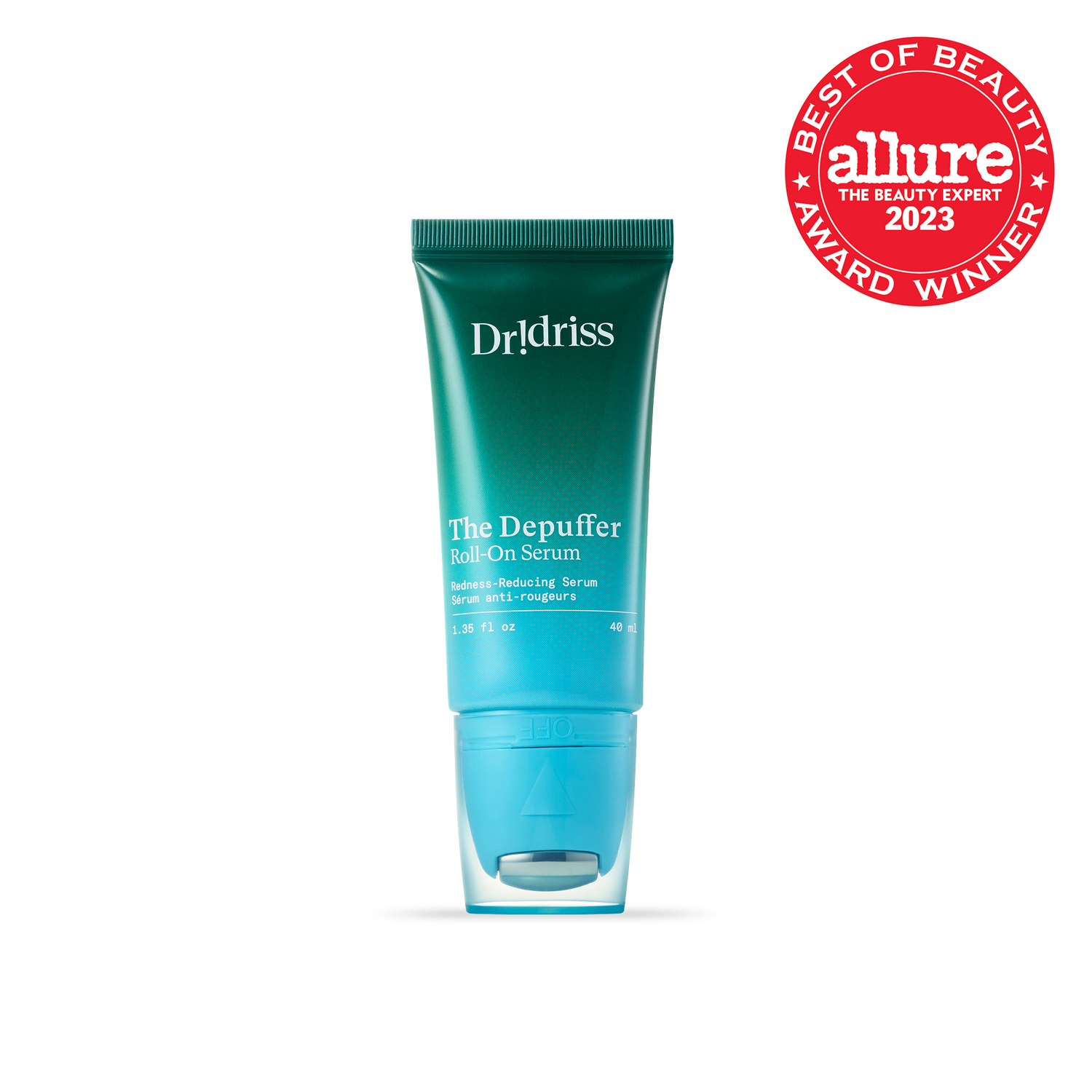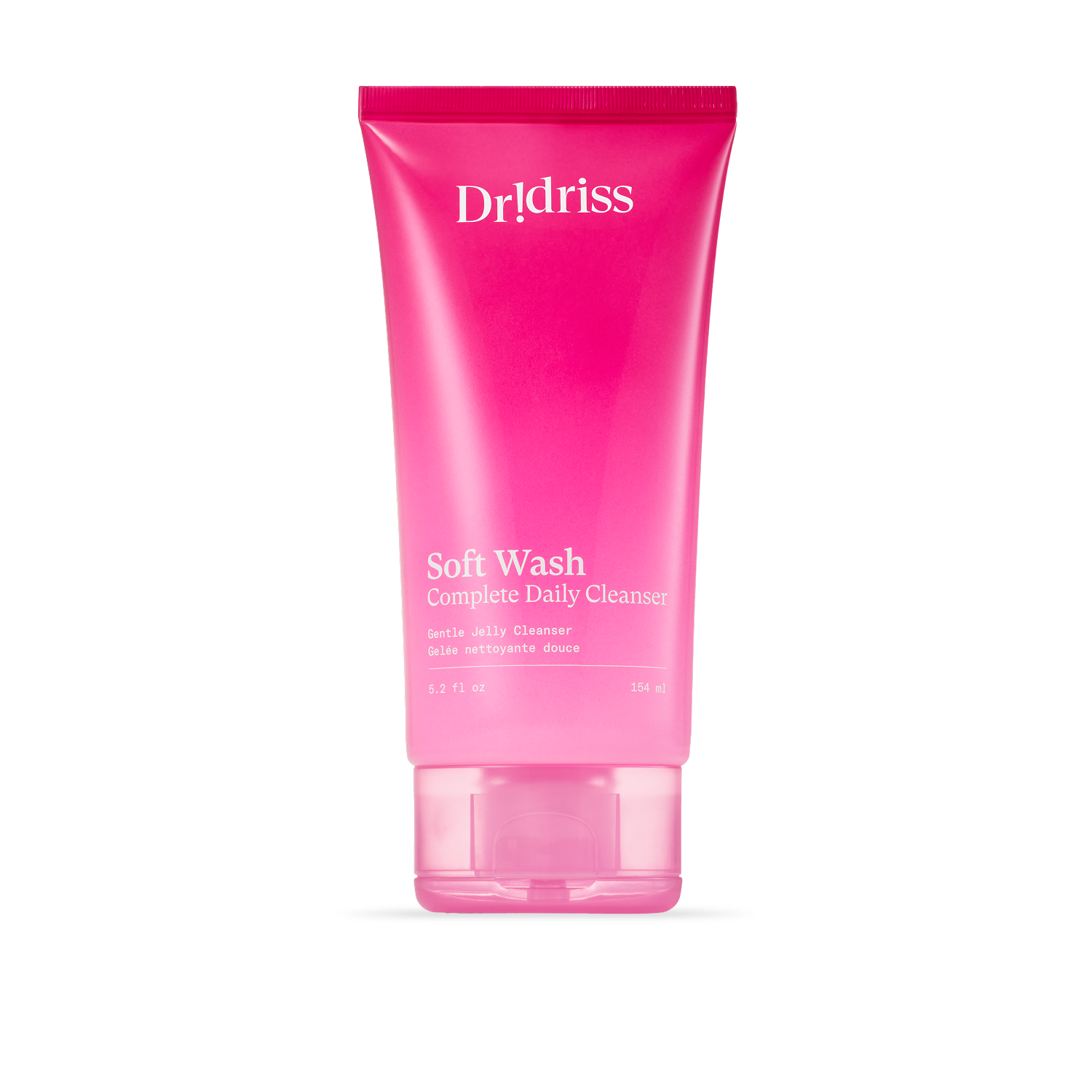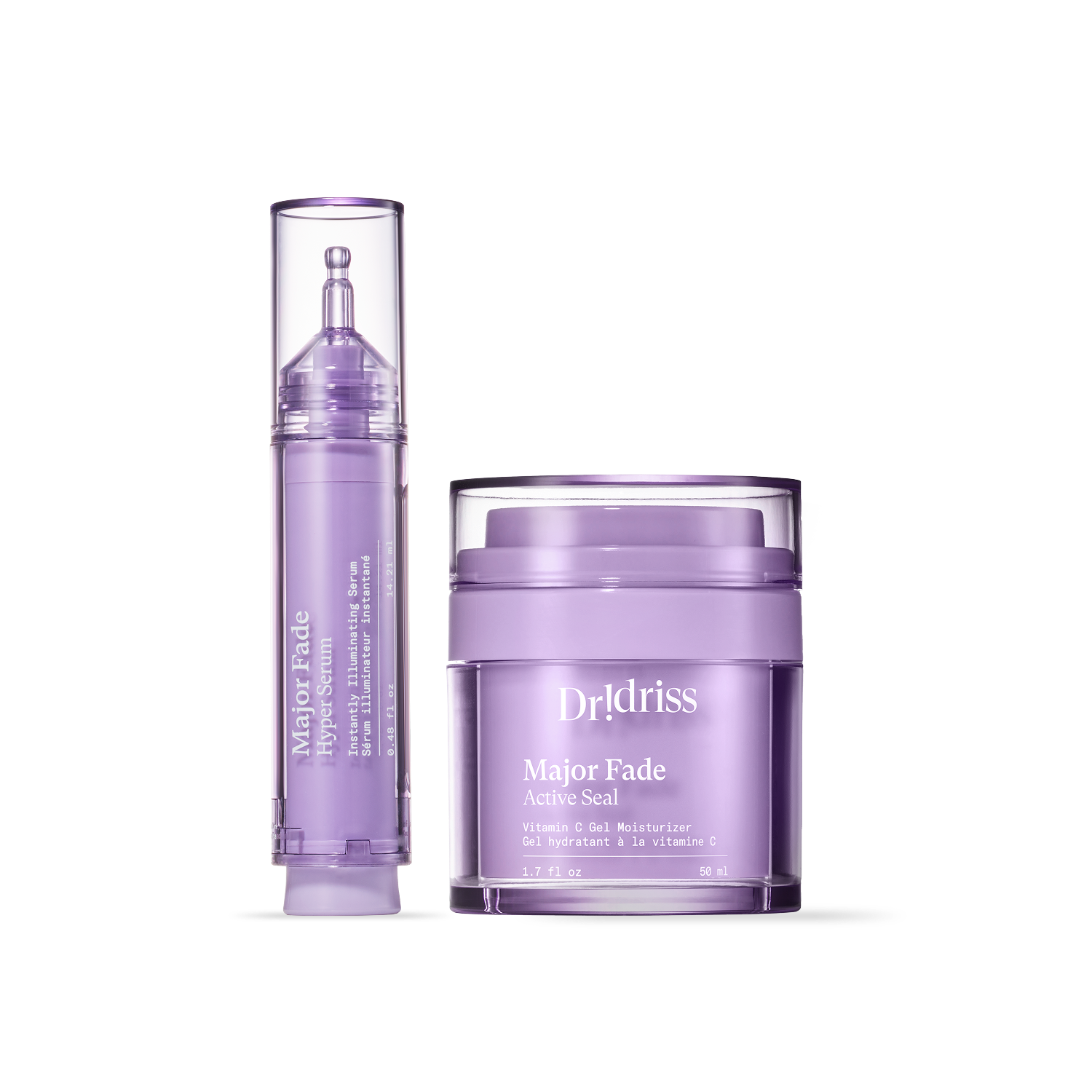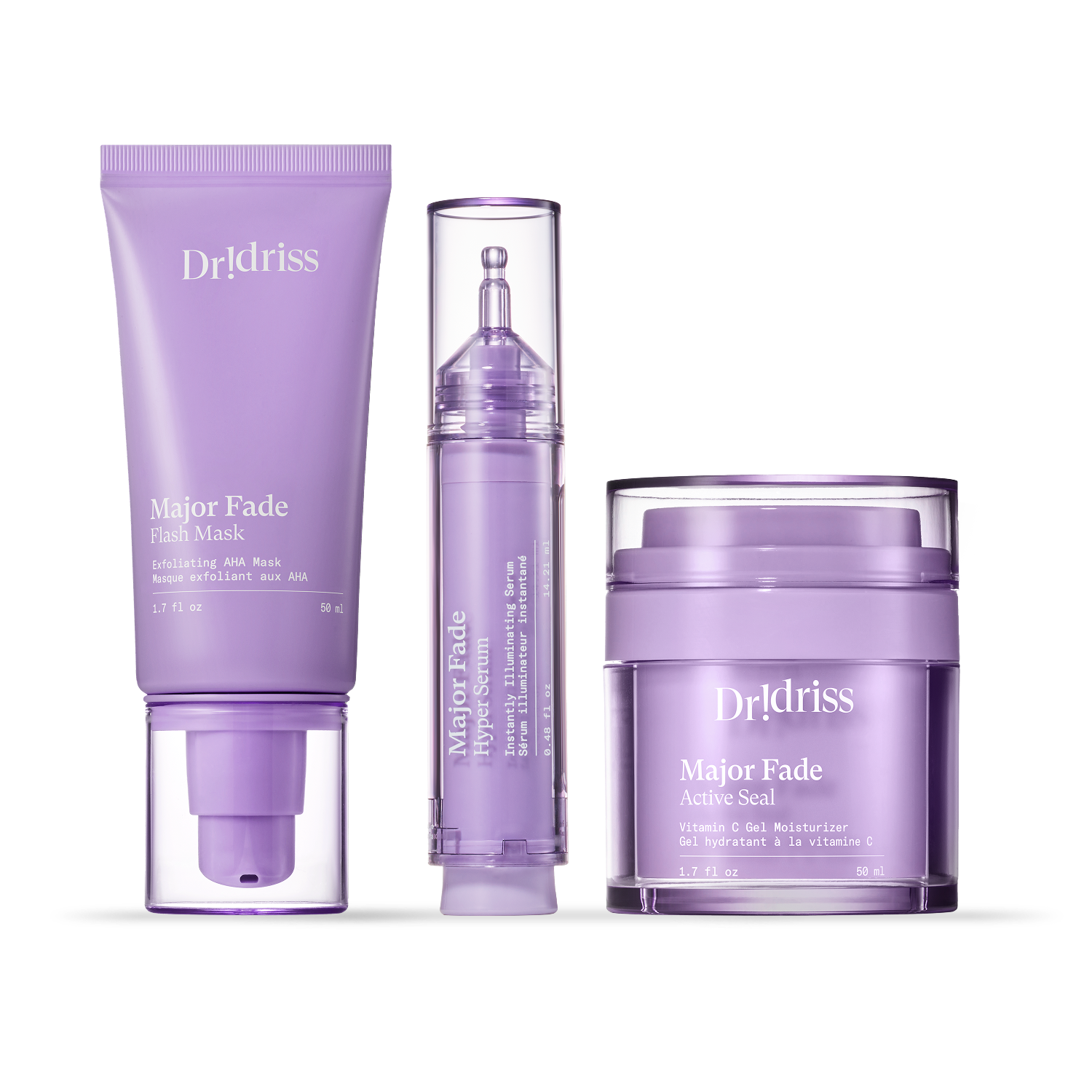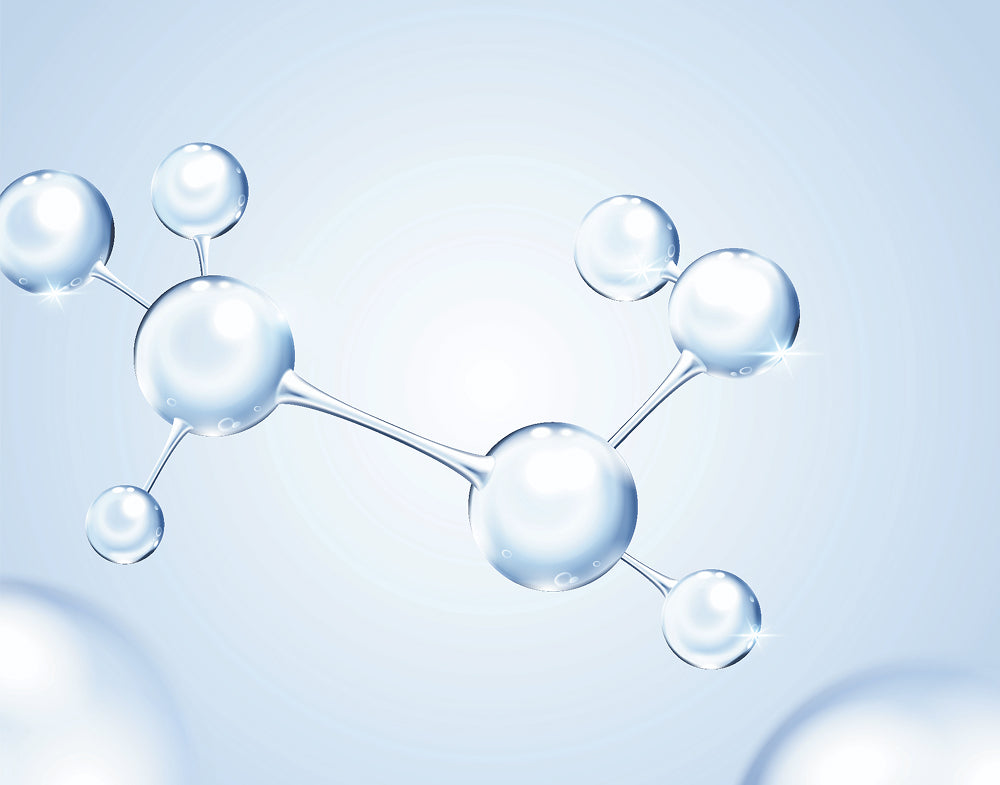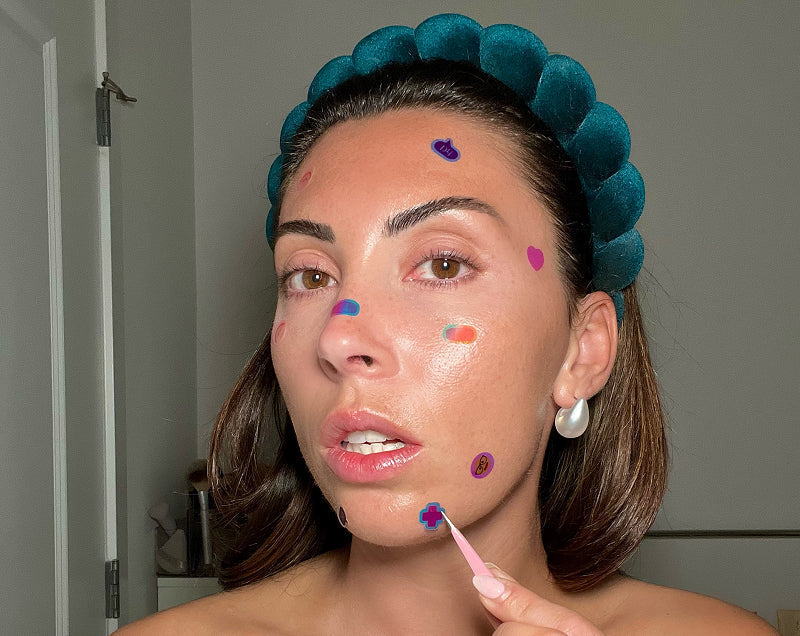
A lot of you are probably familiar with my melasma journey.
It's something that I've struggled with since 2019, and what sparked my hyperpigmentation was hormone changes from IVF treatments. For any mamas (and future mamas) out there who are currently dealing with this exact predicament, here’s everything you need to know about what melasma is and the ingredients and products that worked for me.
What is melasma?
Melasma is a hormonal condition of pigmentation that worsens or becomes more apparent with stress, sun exposure, heat, and thyroid disorders. Certain medications like antiepileptic drugs can also trigger flare-ups, and it’s most common among women than men, especially women who fall under skin types 3 and 4.
In darker complexions, melasma will appear as dark brown patches, while in fairer skin tones, it materializes as tan-looking patches. It’s often referred to as the “mask of pregnancy” as these patches can sometimes crop up as plaques, i.e. raised patches on the skin, and for many women, it also takes shape in the form of a shadow over the upper lip, especially while on birth control.
How is melasma diagnosed?
It’s typically a clinical diagnosis that is categorized as either epidermal or dermal hyperpigmentation. Epidermal melasma is more superficial, and it lights up in a Wood’s lamp examination, while dermal melasma does not as it's much deeper in the dermis, making it a lot harder to treat.
How does one avoid melasma flare-ups?
-
As mentioned earlier, psychological stress is one of its many catalysts, so if you can, take it easy and woosah.
-
Avoid the sun whenever possible and pull out a UV visor or a wide brim hat when hiking or jogging. And of course, sun protection is essential - specifically a broad-spectrum sunscreen that will shield your skin from UVA and UVB rays.
How do you manage melasma?
Key ingredients that are worth adding to your arsenal:
-
Hydroquinone is the gold standard for treating pigmentation. Use this in combination with a prescription retinoid (like Retin A) and azelaic acid in a 15% gel or 20% cream formulation.
-
Kojic acid is a great adjunct to incorporate as it blocks tyrosine from converting into melanin.
-
Licorice root extract is a skin-lightening agent that will help even out your dark spots.
-
Arbutin is a precursor to hydroquinone that slows down the formation of excess pigment.
-
Topical tranexamic acid also inhibits the synthesis of melanin.
-
And lastly, Vitamin C and some good old SPF - a dynamic duo to brighten and protect your skin. (And a bunch more)
What worked for me
Something that isn’t often spoken about is the psychological burden of melasma. The trickiest aspect of this condition is that it can’t be fully treated, so flare-ups can take a major toll on one’s psyche and self-esteem. I chat more in-depth about how it impacted me during my pregnancy here, and after a journey of trial-and-error, through both mine and my patients experiences, I found that the topical ingredients I raised above did a stellar job in managing our melasma in the long-run.
Some closing notes...
Don’t be so hard on yourself, and just know that you’re not alone. And for anyone who's on the hunt for over-the-counter products that work, here is my current list of recommended faves.






